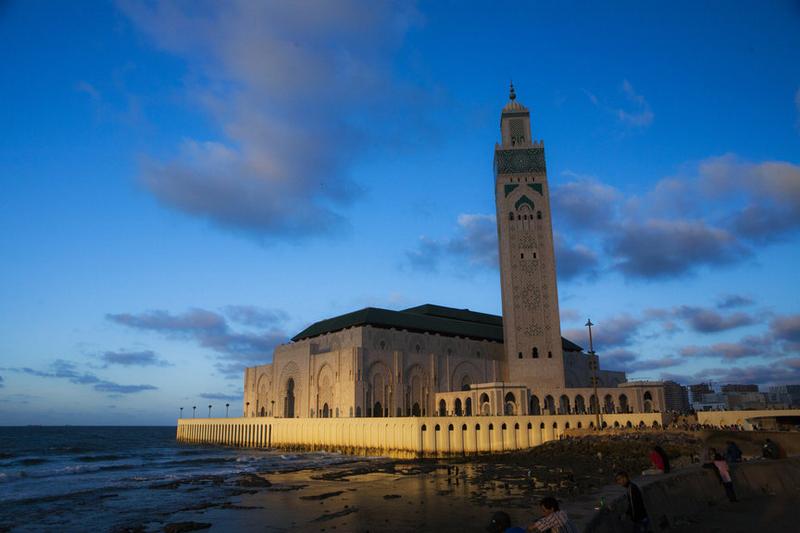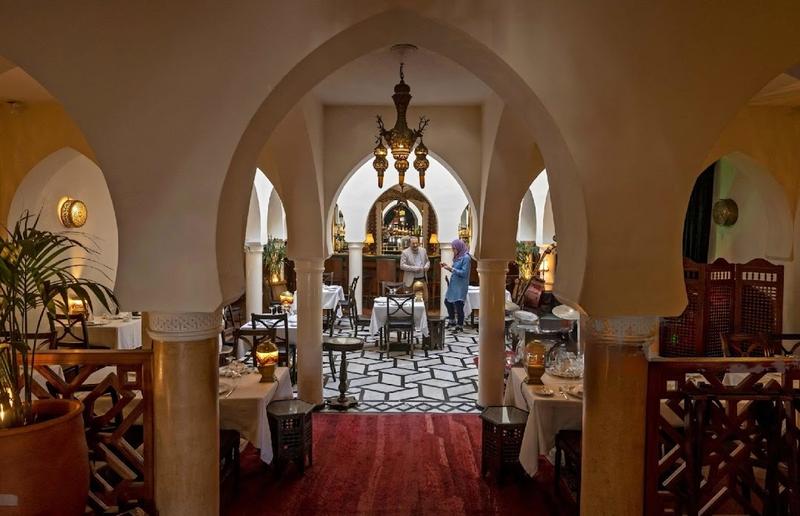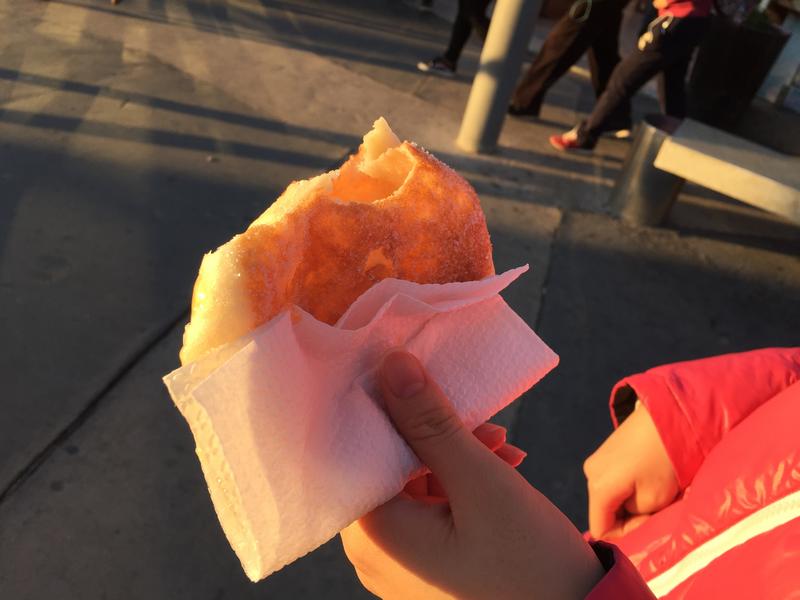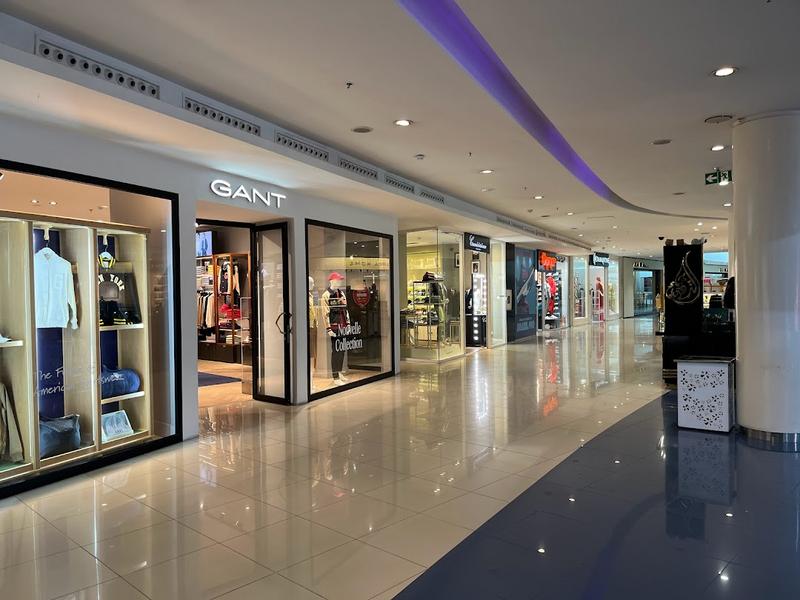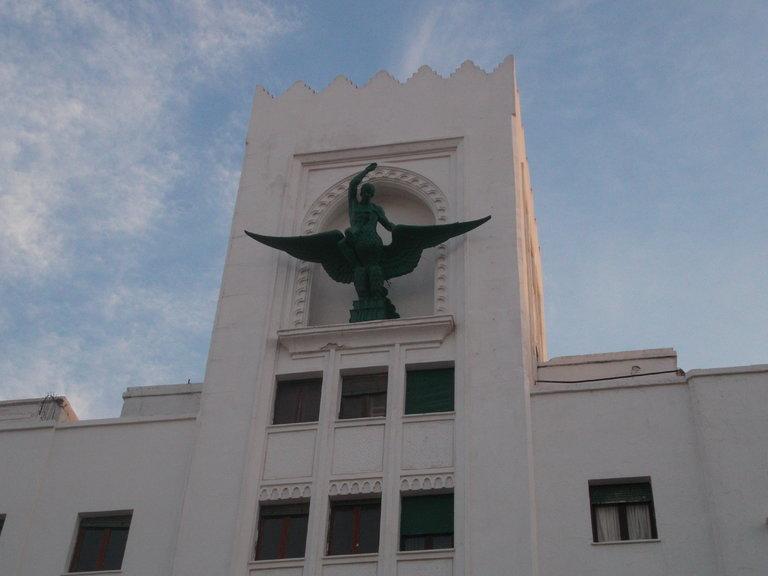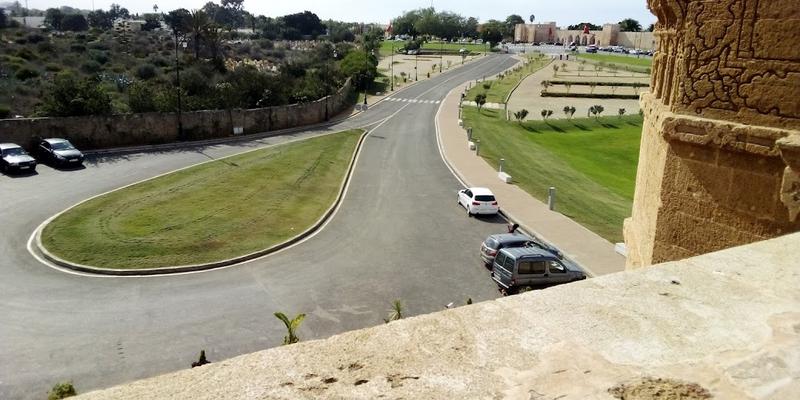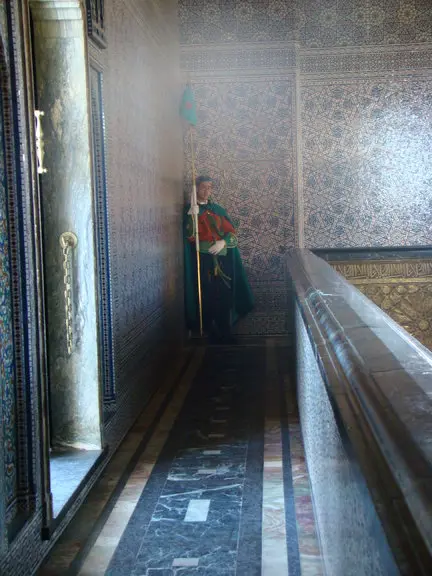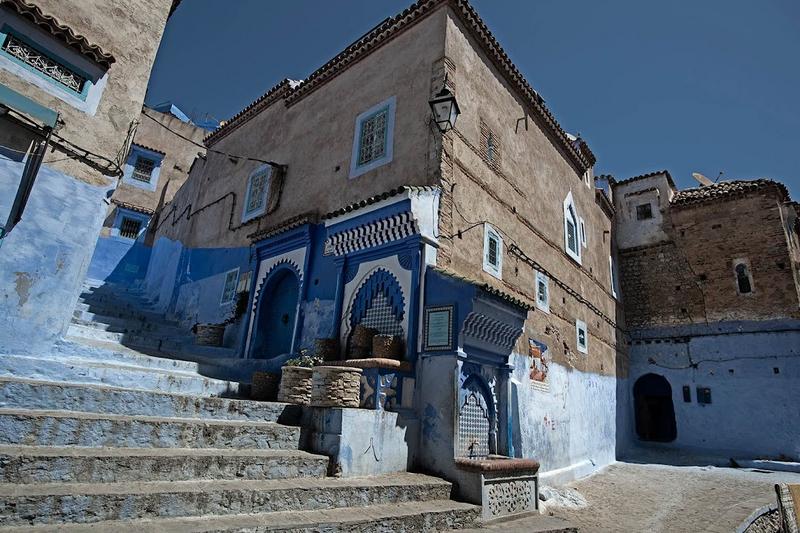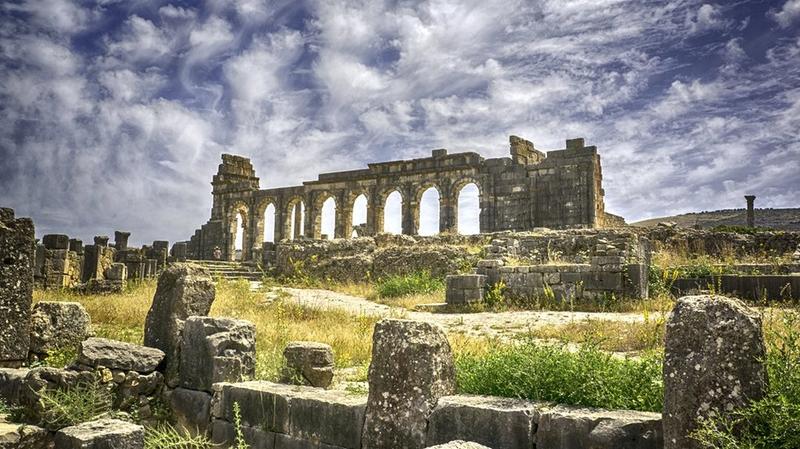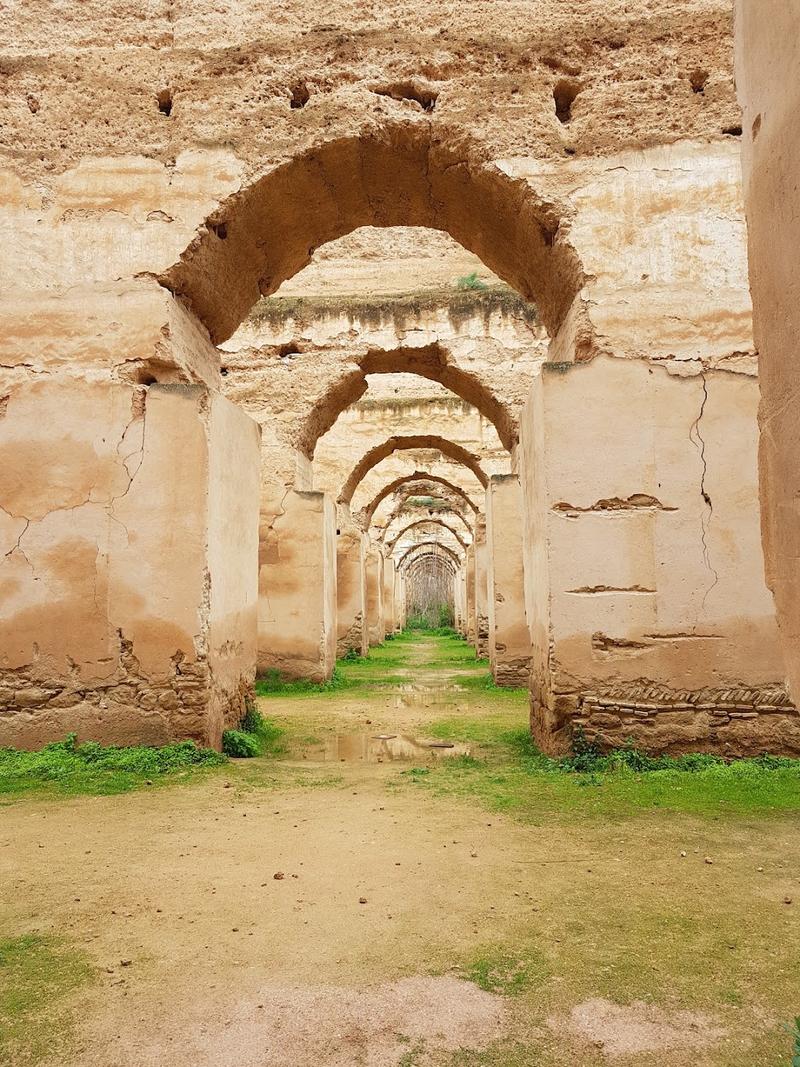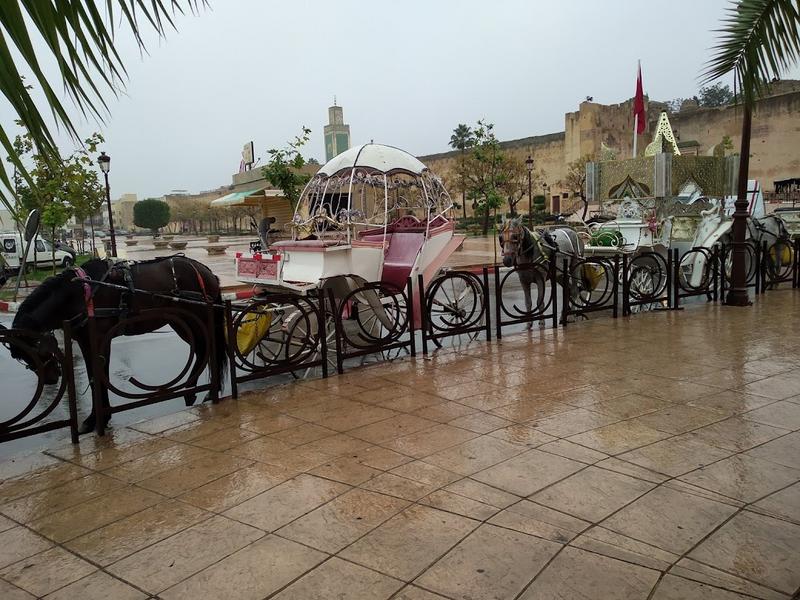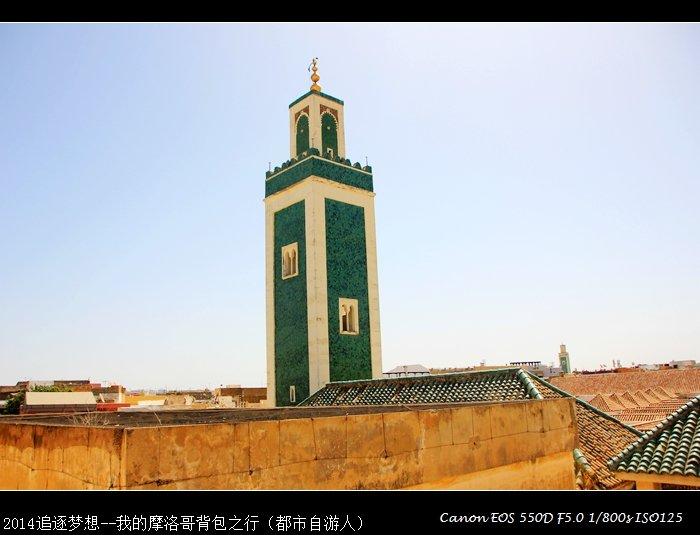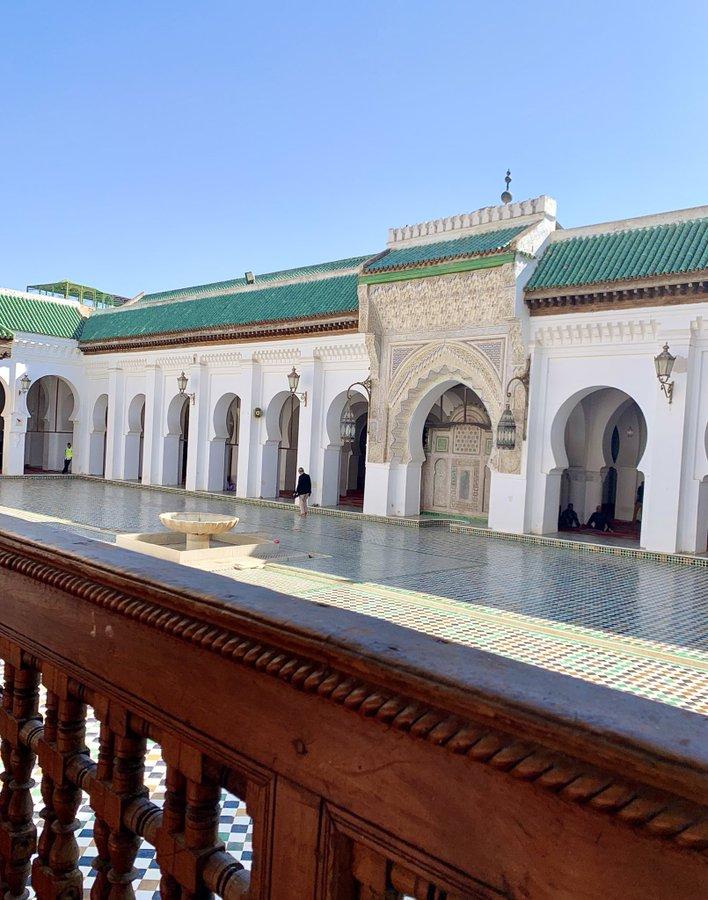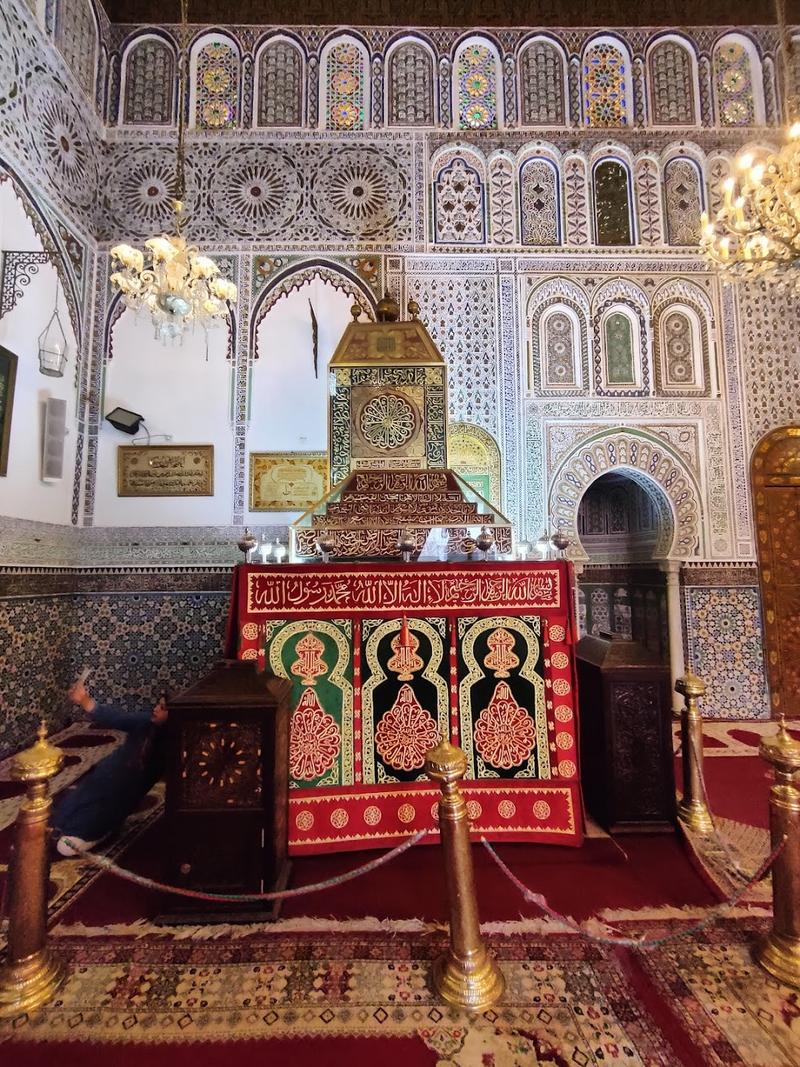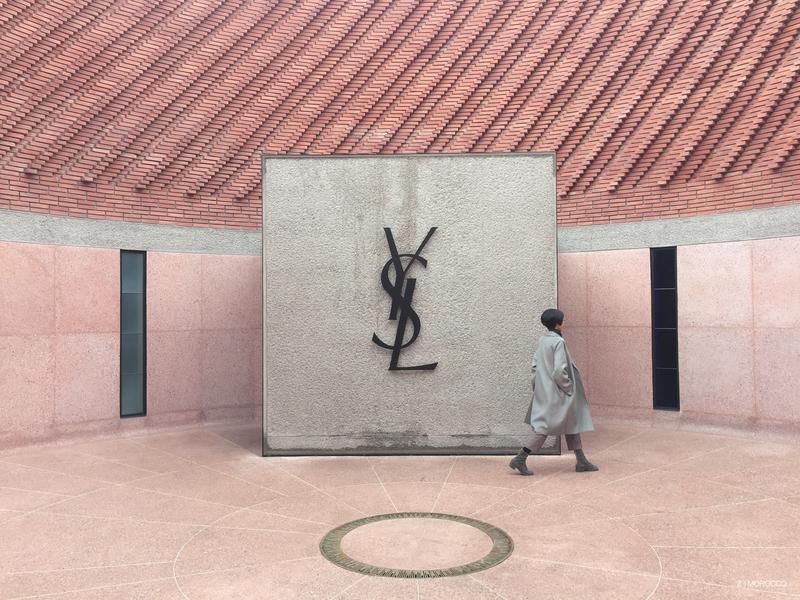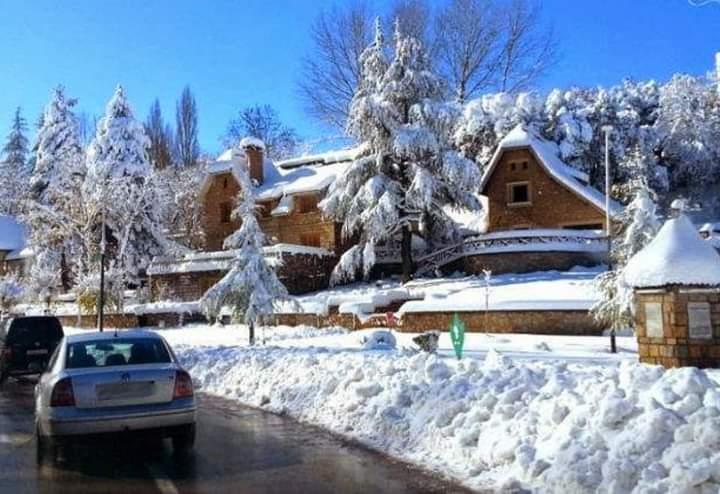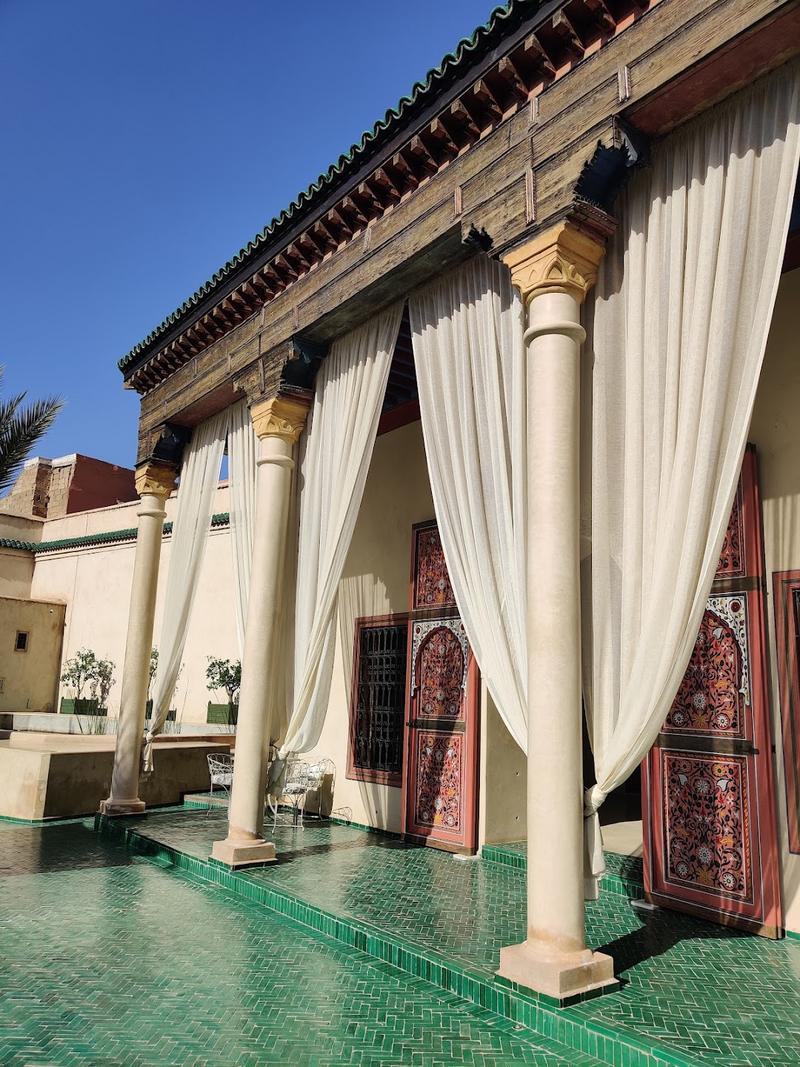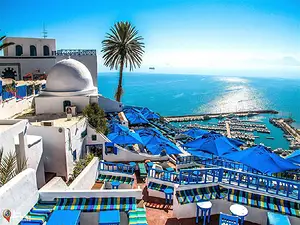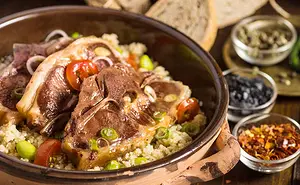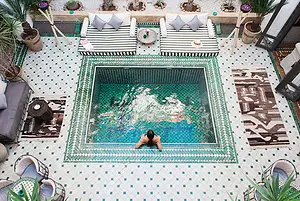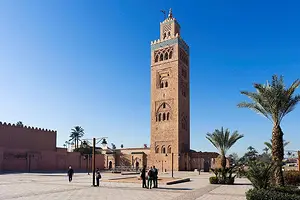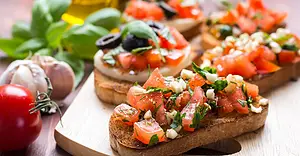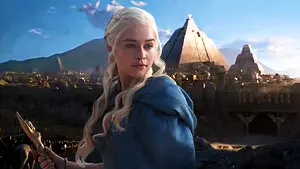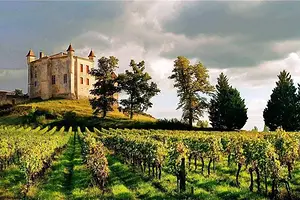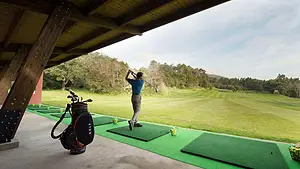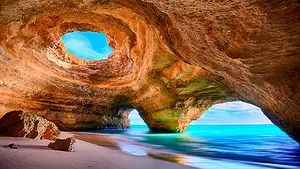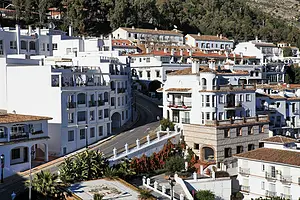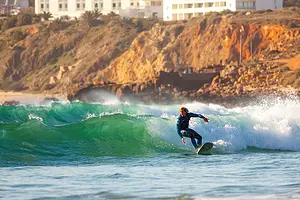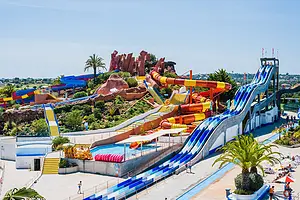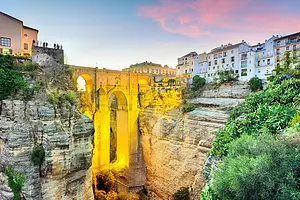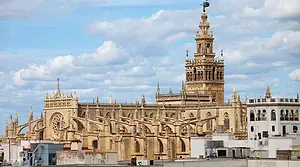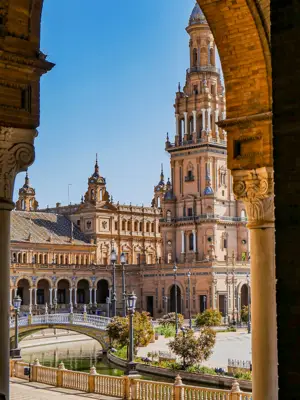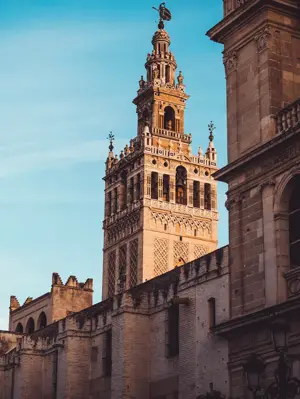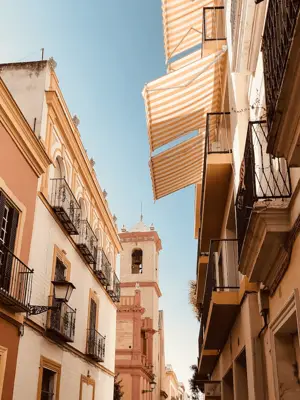Morocco Highlights: Coastal Cities to Blue Towns [concise and clear].
7 cities |
22 attraction(s) |
total distance 1689
km
 TIPS
TIPS
Day1
Day2
Day3
Day4
Day5
Day6
Day7
Day8
Day9
Day10
Day1: Casablanca
2 attraction(s) ·
2 km
1
Hassan II Mosque is an Islamic mosque in Morocco, located on the coastline of Casablanca. It was named after the former king, Hassan II, who initiated and funded its construction. Construction began on July 12, 1986, and was completed on August 30, 1993, with a total cost of nearly $600 million. The mosque covers an area of 20,000 square meters, with a width of 100 meters, a length of 200 meters, and a height of 60 meters. The prayer hall and courtyard can accommodate 100,000 worshippers at the same time. The minaret of the mosque reaches a height of 210 meters, making it one of the tallest minarets in the world. The bathing facilities for both men and women can accommodate 1,400 people, making it the third-largest mosque in the world. Additionally, the mosque also houses Islamic schools, a library, lecture halls, and conference facilities.
2
km
2
Romantic eatery inspired by the cafe in the 1942 film “Casablanca," with cocktails & a piano.
Day2: Casablanca
2 attraction(s) ·
4 km
1
The central area of Casablanca is a beautiful gathering place with a variety of cafes, restaurants, and clubs. In addition, there are magnificent beaches where you can see people swimming, playing soccer, or simply enjoying the sea view regardless of the season. The weekends evenings are particularly lively. Here, you can find many high-quality hotels and bars. Despite being in a Muslim country, you may be surprised by the openness in Casablanca.
4
km
2
Landmark, upscale shopping mall with a souk, IMAX cinema & a range of restaurants on 24+ acres.
Day3: Rabat
3 attraction(s) ·
4 km
1
In 1864, the Alawite dynasty built a palace on the south side of the central train station, which is now the renovated royal palace. The original building foundation is still preserved, making it one of the important palaces of the Alawite dynasty.
2
km
2
Landscaped gardens on the site of an ancient citadel featuring Roman ruins & royal tombstones.
2
km
3
The Royal Guards, wearing traditional Fes red hats, guard the mausoleum of Mohammed V. It forms an interesting contrast with the nearby Hassan Tower. The mausoleum consists of a modern building and an ancient minaret.
In 1962, King Hassan II built this mausoleum to honor his father, Mohammed V, who passed away the year before. The mausoleum was completed in 1971, and King Hassan II was also buried here after his death.
Mohammed V is the father of modern Morocco and ruled the country twice. The first time was from 1927 to 1953 when Morocco was still not independent, and Mohammed V was referred to as the "Sultan." Due to his support for independence, he was exiled by the French colonial government to Madagascar for three years. In 1961, he returned to Morocco but passed away later that year. Morocco declared independence and changed the title from Sultan to King.
The mausoleum of King Mohammed V is considered as one of the representations of modern architecture of the Alawite dynasty. Its signature features include white walls and green tiles on the exterior, while the interior is elaborately decorated by Moroccan craftsmen, featuring elements such as white marble, mosaic, and intricately carved cedarwood. Additionally, the coffins of King Mohammed V and his two sons, King Hassan II and Prince Abdallah, are housed in the lower level of the mausoleum.
Day4: Chefchaouen
3 attraction(s) ·
2 km
3
Ali Ben Rachid built a mosque in Shefshawan in the 15th century. The mosque is not open to the public, but visitors can enjoy a panoramic view of Shefshawan and many movies have been filmed here.
Day5: Chefchaouen
1 attraction(s) ·
0 km
Day6: Meknes
3 attraction(s) ·
24 km
1
The ancient city was built in the 3rd century BC and was once the capital of the ancient Mauritanian kingdom in North Africa. It served as an important outpost of the Roman Empire and has many elegant and exquisite buildings. This archaeological site is a fertile agricultural area where many important relics and artifacts have been excavated. Valubilis later became the capital of the Idrisid dynasty for a period of time, and its founder, Idris I, was buried in nearby Moulay Idriss. - World Heritage Committee, 1997 comment.
22
km
Day7: Meknes > Fes
3 attraction(s) ·
59 km
1
Bou Inania Medersa is an ancient Islamic school located across from the Great Mosque. This school is one of the important buildings of the Marinid dynasty, known for its exquisite and luxurious interior decoration.
58
km
3
The Nejjarine Market, founded in 1711 by Sultan Moulay Ismaïl, is located in the old city of Fez. It consists of three areas and 51 shops, making it the commercial center of the old city. In 1916, the market was listed as a historical heritage site. However, during the French colonial period in the 1940s, it was converted into a police district and gradually fell into disrepair over time.
In 1976, the UNESCO resolution to protect the old city of Fez was passed at the Nairobi Conference. King Hassan II dedicated himself to restoring the old city, and the national government called for the restoration of the Nejjarine district, which includes the market, square, fountains, and various carpentry shops, with funding from the Mohammed Karim Lamrani Foundation.
The restoration work lasted from 1990 to 1996 and successfully revived the market's former glory through great efforts. Furthermore, an investment of 25 million dirhams allowed the Nejjarine district to establish a museum of woodworking crafts, showcasing traditional wooden products from the entire old city, including both ancient and modern creations. Through these crafts, we can see the evolution of Moroccan history. The museum is managed by the Mohammed Karim Lamrani Foundation and officially opened to the public on May 23, 1998.
Day8: Fes > Marrakech
3 attraction(s) ·
780 km
2
In the autumn of 2017, the most anticipated event in the fashion industry was undoubtedly the dual opening of the Yves Saint Laurent Museums. One museum is located in the artist's former residence on 5th Avenue Marceau in Paris, France, and the other is situated in Marrakech, Morocco, designed by the French architectural firm Studio KO. These two museums provide a close encounter with the soul of the master. The Yves Saint Laurent Museum in Paris features a permanent exhibition hall of 400 square meters, a temporary exhibition hall of 150 square meters, a auditorium, a bookstore, a restaurant with an outdoor terrace, and a library with a collection of 5,000 books. The Yves Saint Laurent Museum in Marrakech is equally impressive, showcasing rich details and exhibits. Together, these two museums display 5,000 garments and 15,000 high fashion accessories, introducing us to the great designs and talent of Mr. Yves Saint Laurent.
390
km
Day9: Ifrane
1 attraction(s) ·
0 km
Day10: Marrakech
1 attraction(s) ·
0 km
